摘要:本文介紹了安科瑞APM系列交流電表在保加利亞光伏系統(tǒng)交流側(cè)的應(yīng)用。主要用于光伏系統(tǒng)中的電流的計(jì)量,配合互感器對(duì)電路系統(tǒng)進(jìn)行計(jì)量、通訊和控制等。
Abstract: This paper introduces the application of ackry APM series AC meter in the AC side of Bulgarian photovoltaic system. It is mainly used to measure the current in the photovoltaic system, and cooperate with the transformers to measure, communicate and control the circuit system.
1.項(xiàng)目概述Project Overview
該公司位于保加利亞,公司主要在保加利亞及周邊國(guó)家從事小型光伏發(fā)電中心項(xiàng)目的設(shè)計(jì)/安裝施工/維護(hù)等業(yè)務(wù)。客戶想要使用交流電表APM801、APM810等和互感器,用于光伏系統(tǒng)交流側(cè)電流電壓的監(jiān)測(cè)計(jì)量、通訊以及利用APM電表的開(kāi)關(guān)量功能進(jìn)行控制。
The company is located in Bulgaria. The company is mainly engaged in the design / installation, construction / maintenance of small photovoltaic power generation center projects in Bulgaria and surrounding countries. The customer wants to use AC meters apm801, apm810 and mutual inductors for monitoring, metering and communication of current and voltage at the AC side of photovoltaic system, and control by using the switching value function of APM meter.
2.APM系列儀表簡(jiǎn)介APM Series Energy Meters
APM系列電能表具有全功率測(cè)量、電能統(tǒng)計(jì)、電能質(zhì)量分析和網(wǎng)絡(luò)通信等功能,主要用于供電網(wǎng)絡(luò)質(zhì)量的綜合監(jiān)測(cè)。
本系列儀表采用模塊化設(shè)計(jì),具有豐富的外部DI/DO模塊、AI/AO模塊、帶T-Flash(TF)卡的事件記錄(SOE)模塊、網(wǎng)絡(luò)通信模塊、溫濕度測(cè)量模塊功能,可實(shí)現(xiàn)電路全功率測(cè)量和開(kāi)關(guān)狀態(tài)監(jiān)測(cè),具有以太網(wǎng)接口的雙RS485可實(shí)現(xiàn)RS485主站的數(shù)據(jù)拷貝,無(wú)需進(jìn)行數(shù)據(jù)交換。PROFIBUS-DP接口可實(shí)現(xiàn)高速數(shù)據(jù)傳輸和聯(lián)網(wǎng)功能。
APM series power meters of ACREL are power meters that are designed according to IEC standards and synchronized with international advanced technology.
APM series meters have full power measurement, energy statistics, analysis of power quality and network communications and other functions, are mainly used for comprehensive monitoring of the quality of power supply network.
This series of meters use a modular design, with a rich function of the external DI / DO module, AI / AO module, event recording (SOE) module with T-Flash (TF) card, network communication module, Temperature and humidity measurement module, can achieve full power measurement of electrical circuit and monitoring of switch status, Dual RS485 with Ethernet interface can realize data copying of RS485 master station, eliminating the need for data switching exchange. PROFIBUS-DP interface can realize high-speed data transmission and networking function.
3.型號(hào)及功能介紹Type and Function Description
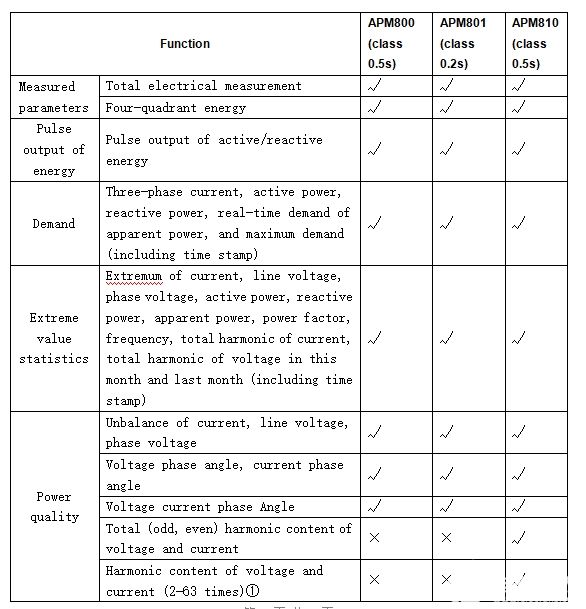
?
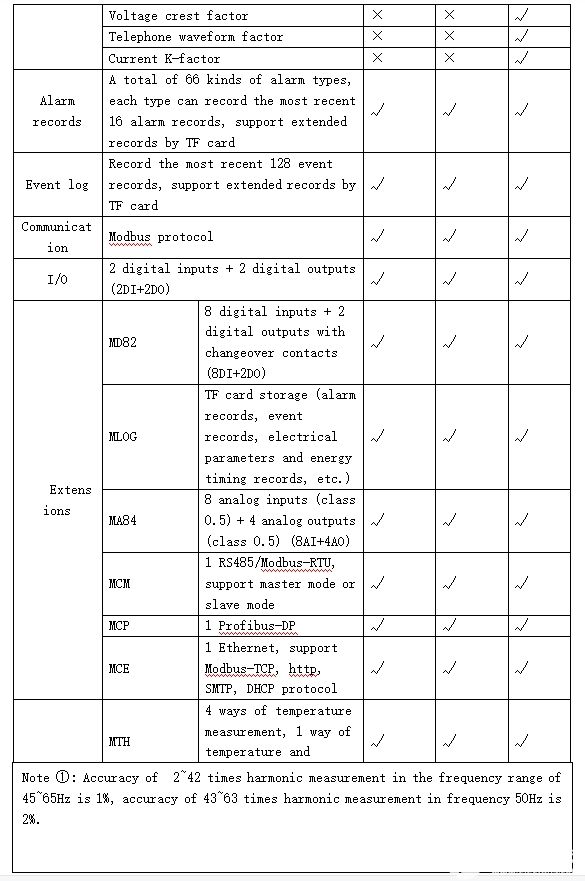
Function APM800
(class 0.5s) APM801
(class 0.2s) APM810
(class 0.5s)
Measured parameters Total electrical measurement √ √ √
Four-quadrant energy √ √ √
Pulse output of energy Pulse output of active/reactive energy √ √ √
Demand Three-phase current, active power, reactive power, real-time demand of apparent power, and maximum demand (including time stamp) √ √ √
Extreme value statistics Extremum of current, line voltage, phase voltage, active power, reactive power, apparent power, power factor, frequency, total harmonic of current, total harmonic of voltage in this month and last month (including time stamp) √ √ √
Power quality Unbalance of current, line voltage, phase voltage √ √ √
Voltage phase angle, current phase angle √ √ √
Voltage current phase Angle √ √ √
Total (odd, even) harmonic content of voltage and current × × √
Harmonic content of voltage and current (2-63 times)① × × √
Voltage crest factor × × √
Telephone waveform factor × × √
Current K-factor × × √
Alarm records A total of 66 kinds of alarm types, each type can record the most recent 16 alarm records, support extended records by TF card √ √ √
Event log Record the most recent 128 event records, support extended records by TF card √ √ √
Communication Modbus protocol √ √ √
I/O 2 digital inputs + 2 digital outputs (2DI+2DO) √ √ √
Extensions MD82 8 digital inputs + 2 digital outputs with changeover contacts (8DI+2DO) √ √ √
MLOG TF card storage (alarm records, event records, electrical parameters and energy timing records, etc.) √ √ √
MA84 8 analog inputs (class 0.5) + 4 analog outputs (class 0.5) (8AI+4AO) √ √ √
MCM 1 RS485/Modbus-RTU, support master mode or slave mode √ √ √
MCP 1 Profibus-DP √ √ √
MCE 1 Ethernet, support Modbus-TCP, http, SMTP, DHCP protocol √ √ √
MTH 4 ways of temperature measurement, 1 way of temperature and humidity control √ √ √
4.技術(shù)參數(shù)Technical parameters
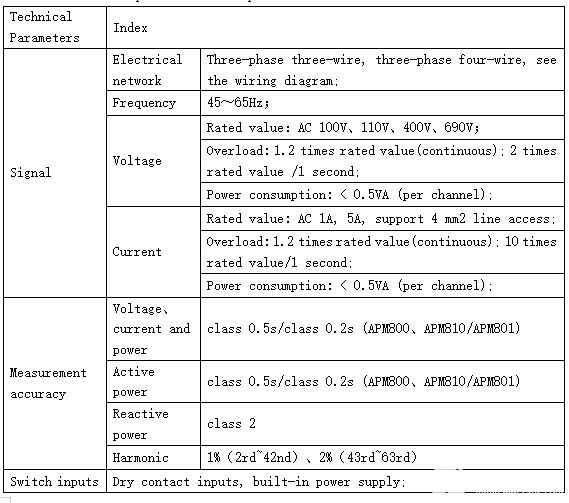
?
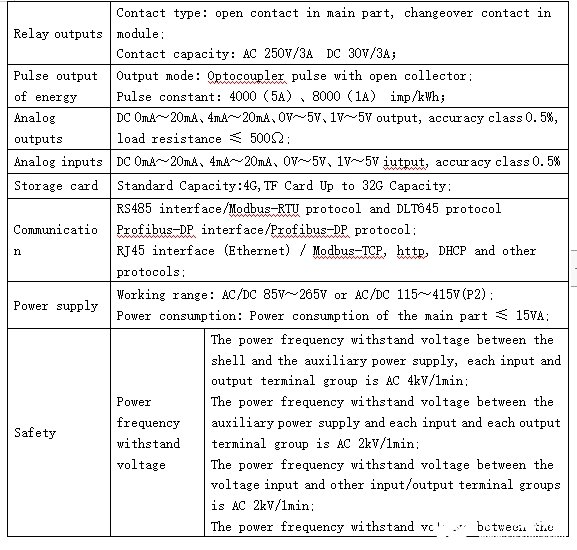
?

?
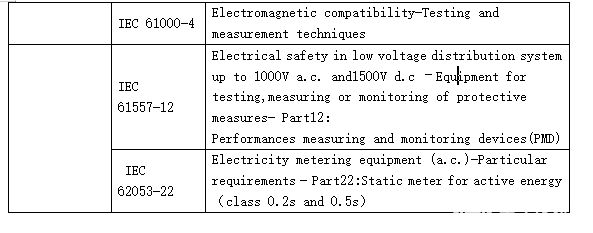
Table 2 technical parameter descriptions
Technical Parameters Index
Signal Electrical network Three-phase three-wire, three-phase four-wire, see the wiring diagram;
Frequency 45~65Hz;
Voltage Rated value:AC 100V、110V、400V、690V;
Overload: 1.2 times rated value(continuous); 2 times rated value /1 second;
Power consumption: < 0.5VA (per channel);
Current Rated value: AC 1A, 5A, support 4 mm2 line access;
Overload: 1.2 times rated value(continuous); 10 times rated value/1 second;
Power consumption: < 0.5VA (per channel);
Measurement accuracy Voltage、current and power class 0.5s/class 0.2s (APM800、APM810/APM801)
Active power class 0.5s/class 0.2s (APM800、APM810/APM801)
Reactive power class 2
Harmonic 1%(2rd~42nd)、2%(43rd~63rd)
Switch inputs Dry contact inputs, built-in power supply;
Relay outputs Contact type: open contact in main part, changeover contact in module;
Contact capacity:AC 250V/3A? DC 30V/3A;
Pulse output of energy Output mode: Optocoupler pulse with open collector;
Pulse constant:4000(5A)、8000(1A) imp/kWh;
Analog outputs DC 0mA~20mA、4mA~20mA、0V~5V、1V~5V output, accuracy class 0.5%, load resistance ≤ 500Ω;
Analog inputs DC 0mA~20mA、4mA~20mA、0V~5V、1V~5V iutput, accuracy class 0.5%
Storage card Standard Capacity:4G,TF Card Up to 32G Capacity;
Communication RS485 interface/Modbus-RTU protocol and DLT645 protocol
Profibus-DP interface/Profibus-DP protocol;
RJ45 interface (Ethernet) / Modbus-TCP, http, DHCP and other protocols;
Power supply Working range: AC/DC 85V~265V or AC/DC 115~415V(P2);
Power consumption: Power consumption of the main part ≤ 15VA;
Safety Power frequency withstand voltage The power frequency withstand voltage between the shell and the auxiliary power supply, each bbbbb and output terminal group is AC 4kV/1min;
The power frequency withstand voltage between the auxiliary power supply and each bbbbb and each output terminal group is AC 2kV/1min;
The power frequency withstand voltage between the voltage bbbbb and other bbbbb/output terminal groups is AC 2kV/1min;
The power frequency withstand voltage between the current bbbbb and other bbbbb/output terminal groups is AC 2kV/1min;
The power frequency withstand voltage between the relay output and other bbbbb/output terminal groups is AC 2kV/1min;
The power frequency withstand voltage between each terminal group of switch bbbbb, communication, analog output and pulse output is AC 1kV/1min;
Insulation resistance Inputs、outputs to the shell>100MΩ;
Electromagnetic compatibility Meet IEC 61000 standard (Level 4);
Protection level Display panel IP52
Environment Operating temperature: -20 °C ~ +65 °C;
Storage temperature: -20°C~+70°C;
Relative humidity: ≤95% without condensation;
Altitude: ≤2500m;
Standards IEC 60068-2-1
IEC 60068-2-2
IEC 60068-2-30 Environmental Testing-Part 2-1:Tests Test A:Cold IDA
Part 2-1:Tests Test B:Dry heat
Part 2-30:Tests Test Db:Damp heat,cyclic(12+12h)
IEC 61000-4 Electromagnetic compatibility-Testing and measurement techniques
IEC 61557-12 Electrical safety in low voltage distribution system up to 1000V a.c. and1500V d.c –Equipment for testing,measuring or monitoring of protective measures- Part12:
Performances measuring and monitoring devices(PMD)
IEC 62053-22 Electricity metering equipment (a.c.)-Particular requirements - Part22:Static meter for active energy(class 0.2s and 0.5s)
5.客戶特殊需求? Requirements from Customer
電網(wǎng)供應(yīng)商要求:
(1)監(jiān)控電壓:L1-N、L2-N、L3-N。非標(biāo)稱 = 230V
(2)過(guò)壓時(shí)切換繼電器輸出。分為兩步,
第1步:110% 非標(biāo)稱或 253V - 延遲 60 秒(s);
第2步,115% 的非標(biāo)稱或 264V - 延遲 0.1s;設(shè)置范圍: U:非標(biāo)稱的 100-140%,未列出步驟,可能是 1V 或 1%;延遲0.05s 到 60s,未列出步驟,可能 1s;? ? ??
(3)欠壓時(shí)切換繼電器輸出:
第1步;非標(biāo)稱電壓或 184V 的 80% - 延遲 0.2s;設(shè)置范圍: U:非標(biāo)稱電壓的 10-100%,未列出步驟,可能是 1V 或 1%;延遲0.05 s 到 3s,步驟未列出,可能為 1s;
(4)過(guò)頻時(shí)切換繼電器輸出:
第1步; 50.5Hz——延遲0.1s;設(shè)置范圍:F:50-52.5Hz,step 0.1Hz;延遲
(5)超頻時(shí)切換繼電器輸出
(6)恢復(fù)延遲。由于先前的一些原因,當(dāng)DO打開(kāi)時(shí),在網(wǎng)格參數(shù)回到標(biāo)稱范圍后應(yīng)該有時(shí)間延遲。時(shí)間范圍1-60秒,step 1秒
(7)附加設(shè)置。(如果可能的話)。
7.1.當(dāng)非標(biāo)稱值低于60-70% 時(shí),可禁用低頻和超頻監(jiān)測(cè);
7.2. 當(dāng)發(fā)生超頻/低頻時(shí) -- DO不應(yīng)該自動(dòng)恢復(fù),它應(yīng)該等待手動(dòng)/遠(yuǎn)程等方式恢復(fù)。
terms of reference from grid supplier:?
(1)monitoring voltages: L1-N, L2-N, L3-N. Unominal = 230V;?
(2)switching relay output at overvoltage: 2 steps:?
Step 1: 110% of Unominal or 253V - delay 60 seconds (s) ;?
Step 2: 115% of Unominal or 264V - delay 0.1s;
(3)switching relay output at undervoltage:?
1-step; 80% of Unominal or 184V - delay 0.2s; Range of settings: U: 10-100% of Unominal, step not listed, maybe 1V ot 1%; Delay: 0.05 s to 3s, step - not listed, maybe 1s;?
(4)switching relay output at overfrequency
1-step; 50.5Hz - delay 0.1s; Range of settings: F: 50-52.5Hz, step 0.1Hz; Delay: 0.1-0.5s, step - maybe 0.1s;?
(5)switching relay output at overfrequency
1- step; 47.5Hz - delay 0.1s; Range of settings: F: 47.5-50Hz, step 0.1Hz; Delay: 0.1-0.5s, step - maybe 0.1s;?
(6)Delay for recovering. When DO is on by some of previous reasons, there should be time delay after grid parameter(s) are back in nominal range(s). Time range 1-60s, step 1s?
(7)Additional settings. (If they are possible).? ?
7.1 When Unominal is lower than 60-70%, under and overfrequency monitoring can be disabled
7.2 When overfrequency/underfrequency is happened - the DO should not be recovered automatically, it should wait for some kind of manual/remote restore.
上述7點(diǎn)為客戶對(duì)所采購(gòu)產(chǎn)品的特殊需求,除第七點(diǎn)中部分要求不能滿足客戶外,其余需求都能滿足。基本完好解決了客戶的需求。
The above 7 items are the special needs of customers for the purchased products. Except that some requirements in point 7 cannot meet the needs of customers, other needs can be met. Basically solved the needs of customers.
6.安裝圖片Installation Picture
參考文獻(xiàn) Bibliography
1.Solutions For Enterprise Micro-grid System 2021.04
? ? ? ? ymf
 電子發(fā)燒友App
電子發(fā)燒友App










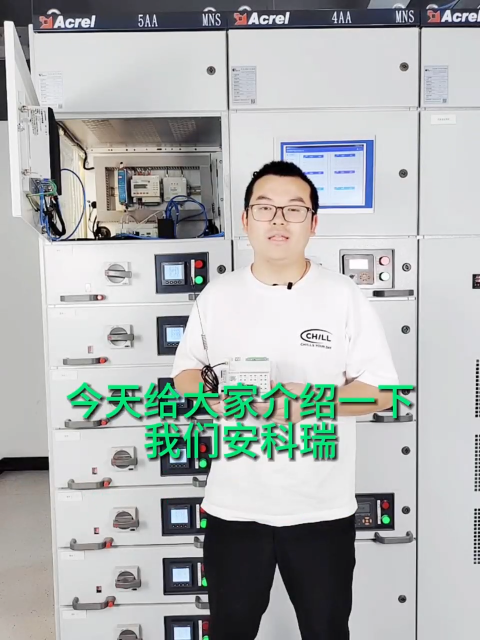
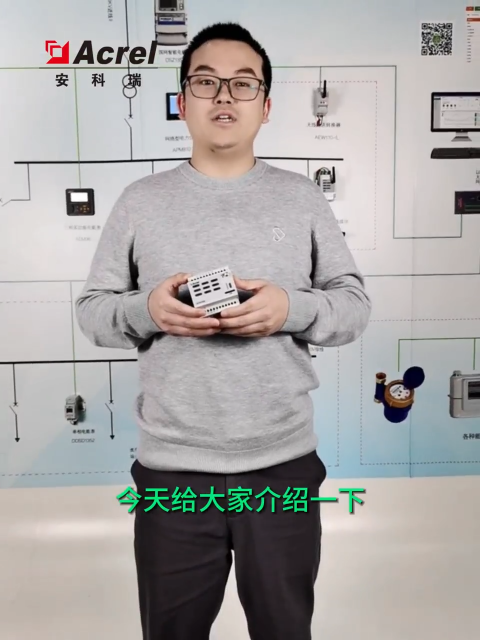

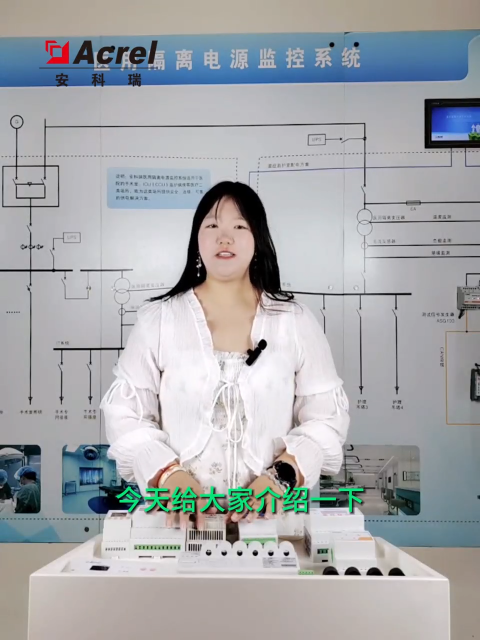
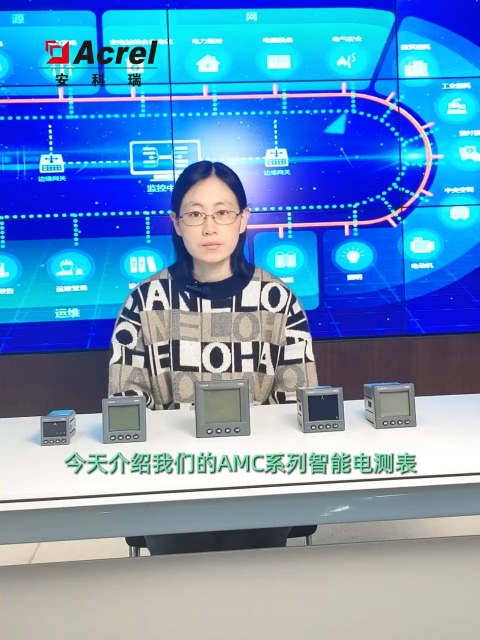

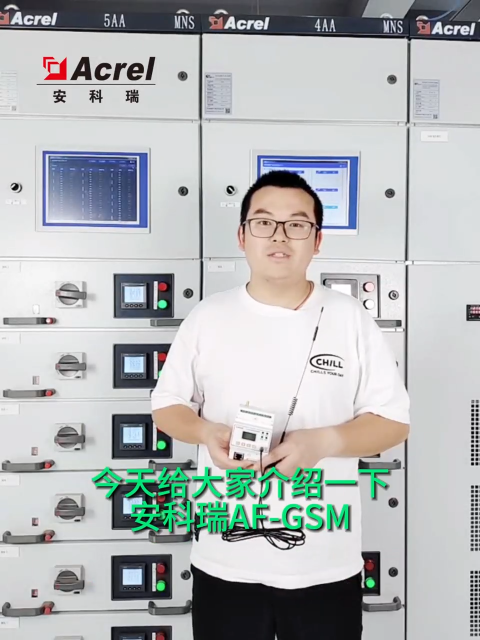
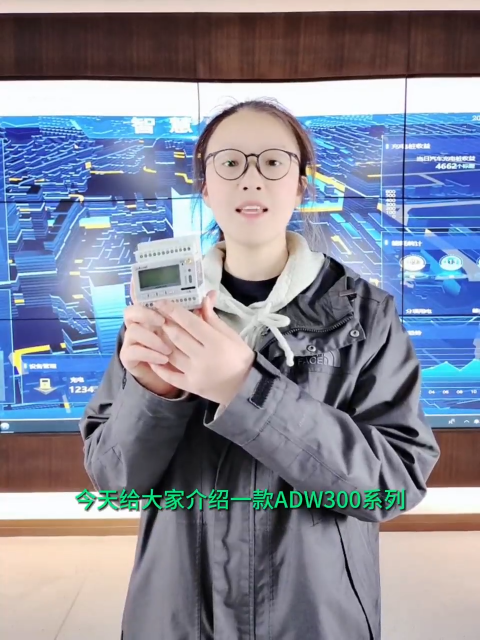

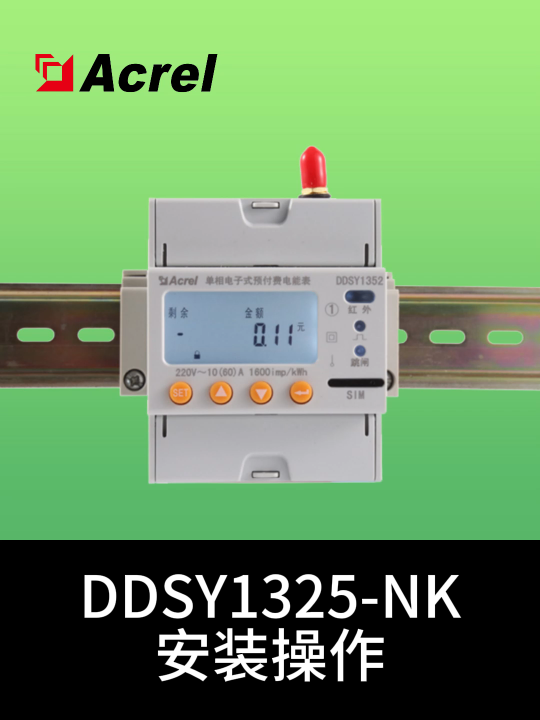
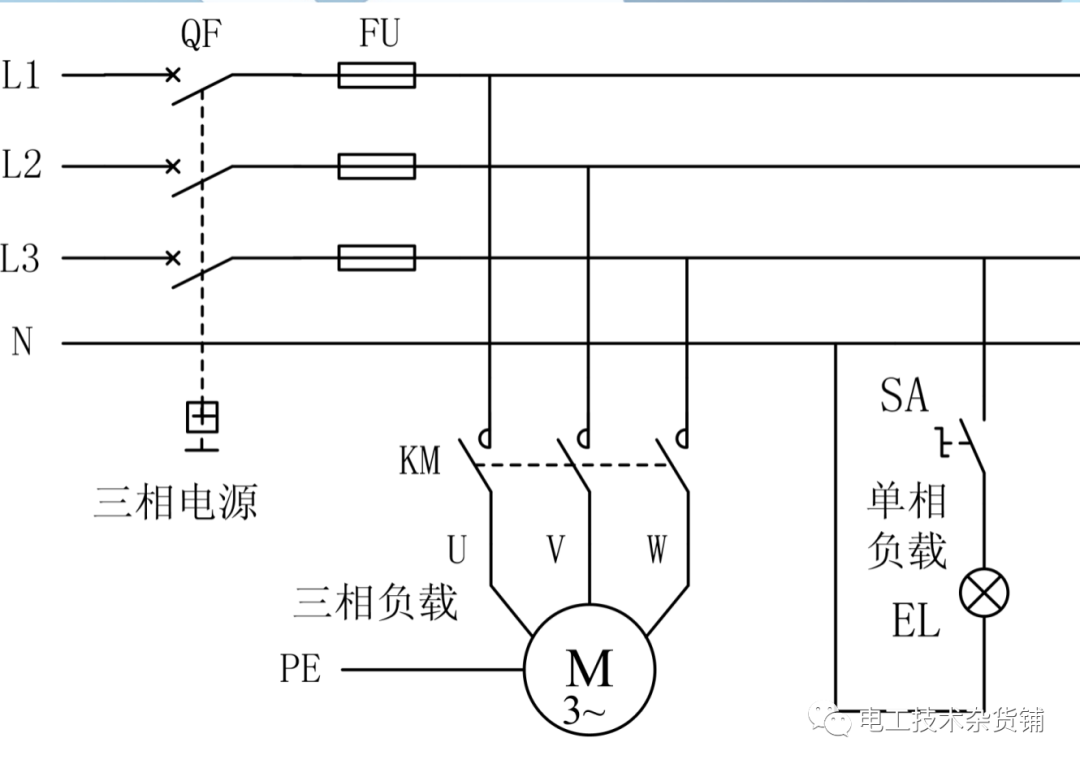
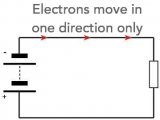

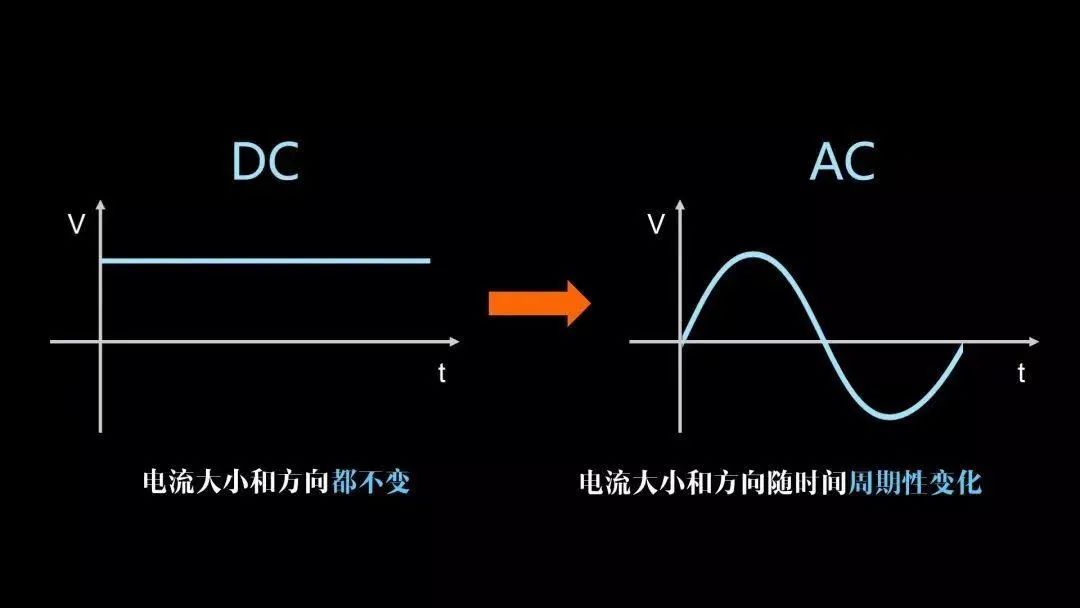


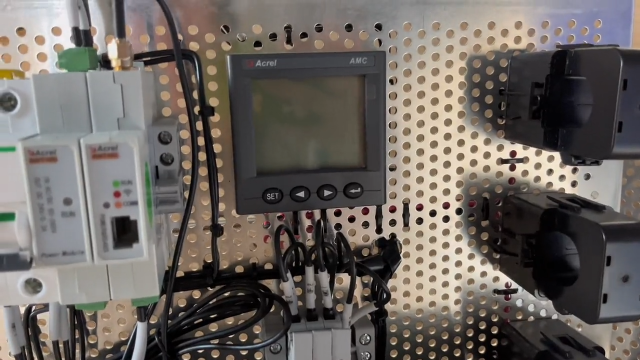
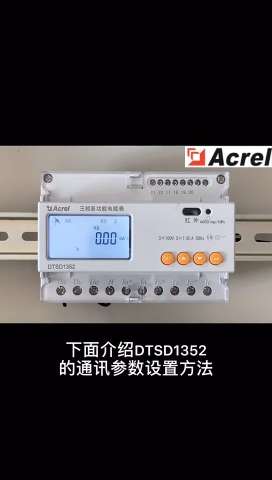

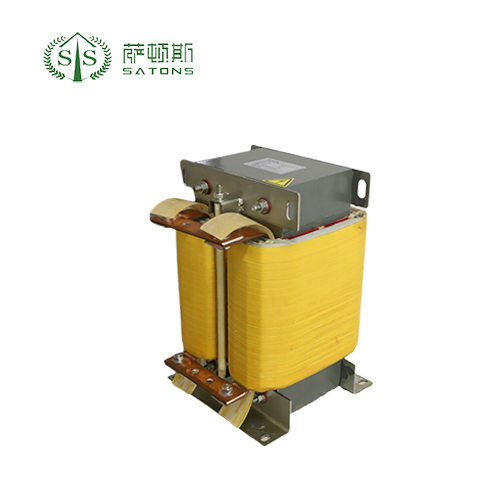

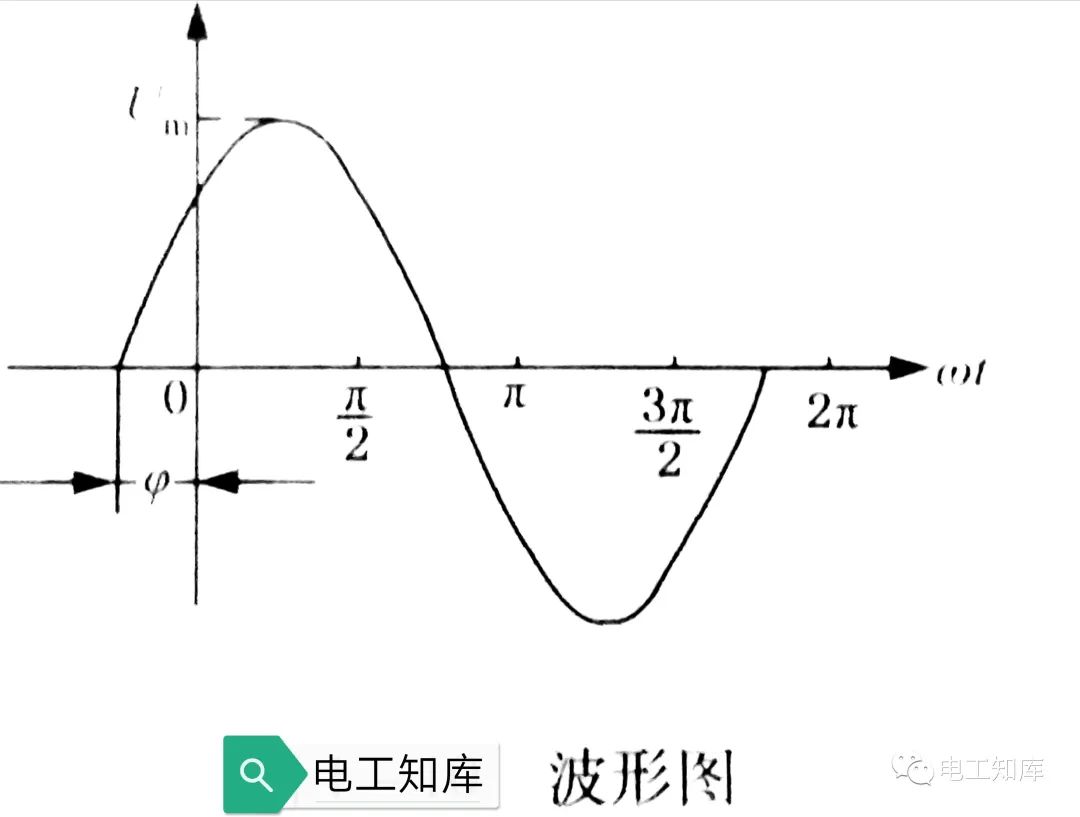
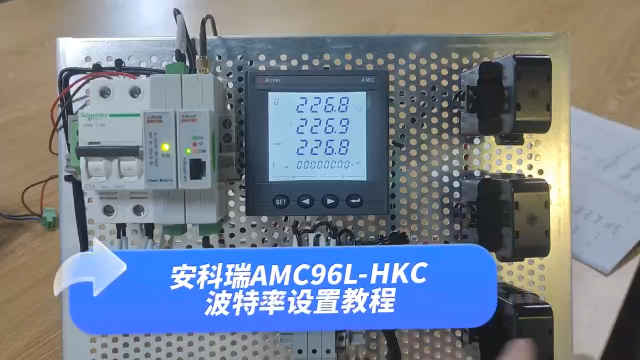

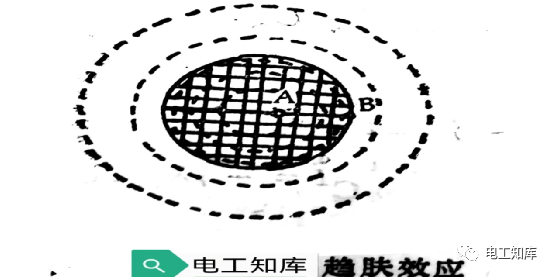



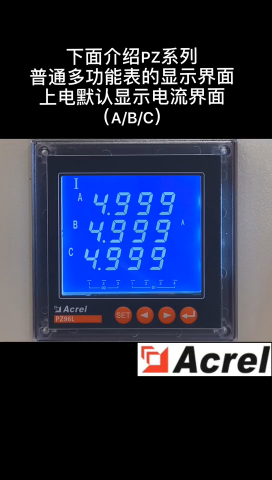


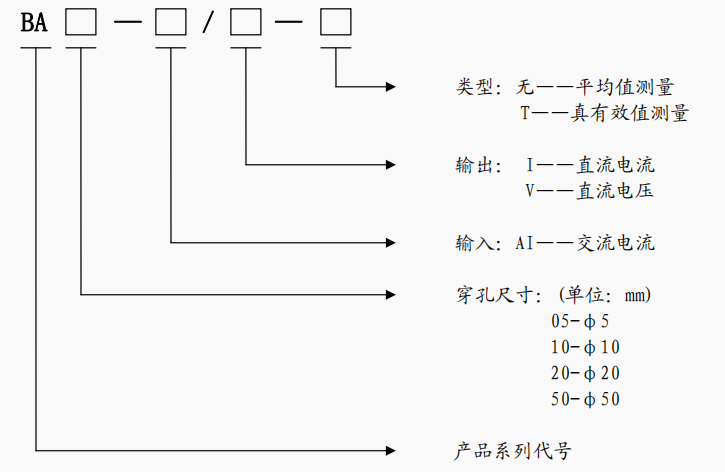
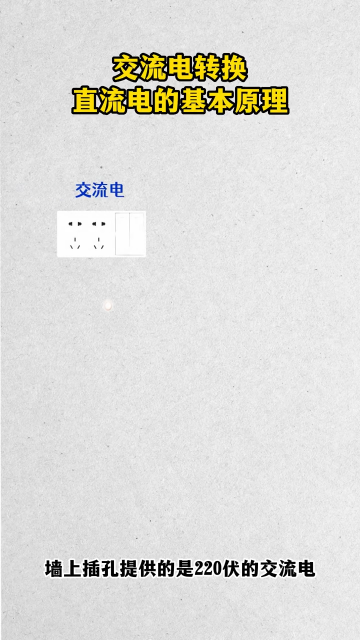
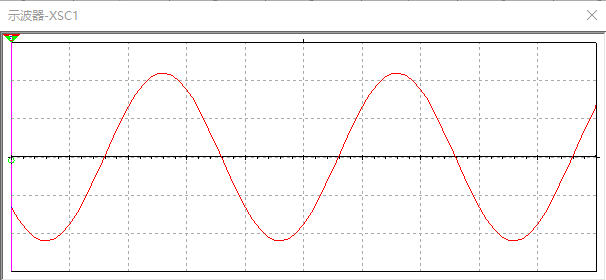


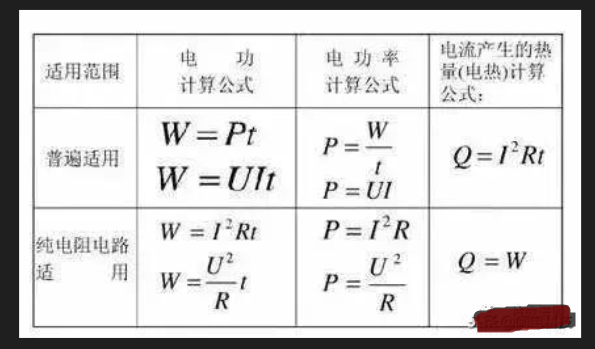










評(píng)論